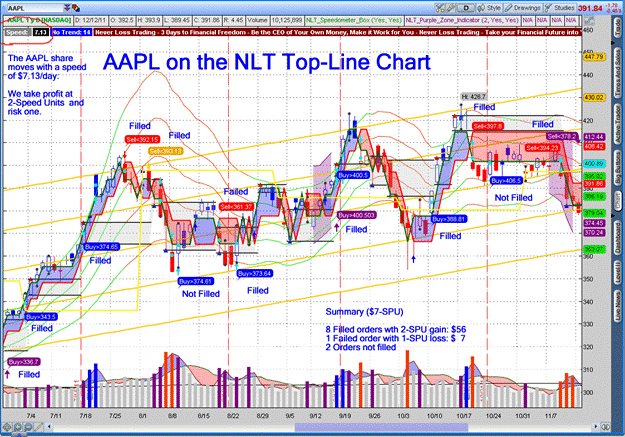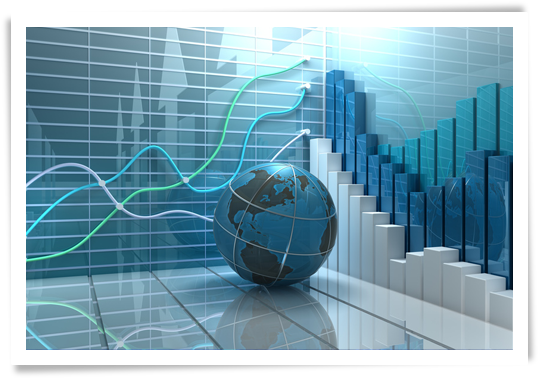Algorithmic Trading
Post on: 16 Март, 2015 No Comment

By John Bates. March 09, 2007
In the algorithmic trading space, an algorithm describes a sequence of steps by which patterns in real-time market data can be recognized and responded to.
John is the founder and Vice President of Apama Products, Progress Software.
Anyone with a computer science background is familiar with the concept of algorithms for tasks such as the searching or sorting of data. However, what about algorithms that specify a sequence of steps to make money in the capital markets? That’s exactly what the latest excitement around algorithmic trading is all about.

In the algorithmic trading space, an algorithm describes a sequence of steps by which patterns in real-time market data can be recognized and responded to in order to detect trading opportunities and place and manage orders in the market. The term algorithmic trading has only become commonly used within the financial sector over the past few years—although trading algorithms have been around for longer. Historically, large investment banks have deployed armies of Ph.D.s to custom build trading algorithms. Now, an advanced technology approach called Complex Event Processing (CEP) is making it much quicker and easier to build, deploy, and manage trading algorithms, with fewer personnel necessary.
What Do Algorithms Replace?
Before the days of automated algorithms within the financial markets, traders manually carried out the process of building and managing a trading strategy. Sitting at specialized trading stations, with four or eight screens, traders watched as real-time market data changed. By manually tracking analytics and patterns, possibly in a spreadsheet, traders worked out when and where to place orders into the market and then managed these orders to see if they were fulfilled. The trader understood the workings of the algorithm, but each step was a manual process. Now, apart from initiating a particular algorithm, the trader does not have to be involved at all. In most cases, the trader will monitor the algorithms using a graphical dashboard. In fact, a trader can now initiate and manage hundreds, or even thousands, of independent algorithms—as opposed to doing one thing at a time manually. This way, the trader is scaled to become much more productive. However, as will be discussed later in this article, the algorithm doesn’t replace the trader. It is the trader and his or her team of quantitative analysts who devise new algorithms and tailor existing ones.














